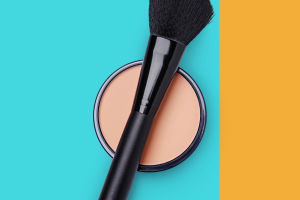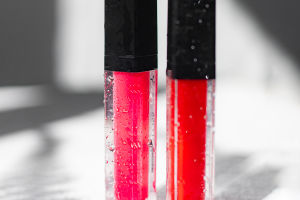Beauty at a Cost
Cosmetics play an essential role in modern life, ranging from basic skincare products to complex makeup items.
Millions use these products daily, often unaware of the potential health risks posed by their ingredients.
While cosmetics are designed to enhance beauty, some of their components may pose significant health risks.
Potential Risks in Cosmetic Ingredients
1. Heavy Metals
Heavy metals such as lead, mercury, arsenic, and cadmium are sometimes found in cosmetics. These toxic substances can accumulate in the body over time, leading to various health issues.
For instance, lead exposure has been linked to nervous system damage, learning disabilities, and decreased kidney function. Mercury, often found in skin-lightening creams, can cause skin rashes, mood swings, memory loss, and kidney damage.
Regularly using products that contain these heavy metals can result in their gradual buildup in the body, causing chronic health problems.
To avoid heavy metal exposure, carefully read the ingredient lists of cosmetic products. Opt for brands that have transparent sourcing and testing policies. Products certified by health and safety regulatory bodies are generally safer choices.
2. Hormones
Some unscrupulous manufacturers add hormones to their products to achieve quick beauty results. These hormones can lead to significant health problems with prolonged use.
For example, cosmetics containing corticosteroids or estrogen can cause the skin to become thin and sensitive, leading to conditions like hormone-dependent dermatitis. This not only damages the skin’s natural barrier but also makes it more susceptible to infections and other dermatological issues.
To ensure the products you use do not contain harmful hormones, stick to reputable brands and avoid products from unknown or dubious sources. Products that claim miraculous results in a short time are often too good to be true and may contain harmful ingredients.
3. Preservatives
Preservatives are added to cosmetics to prevent microbial growth and extend shelf life. However, some preservatives can be harmful.
For instance, formaldehyde releasers, parabens, and methylisothiazolinone can cause skin irritation, allergic reactions, and even disrupt endocrine function. Formaldehyde is a known carcinogen, and its presence, even in small amounts, can pose significant health risks over time.
When choosing cosmetics, look for products labeled as “paraben-free” or “free from synthetic preservatives.” Natural preservatives such as vitamin E or essential oils can be effective alternatives without the associated risks.
How to Identify and Avoid Harmful Ingredients
1. Check the Product Ingredient List
One of the best ways to protect yourself is by thoroughly checking the ingredient list on cosmetic products. Reputable brands will list all ingredients in detail. Get to know the common harmful ingredients and steer clear of products that include them.
Ingredients are typically listed in descending order of their concentration, so pay close attention to the first few items listed.
2. Understand the Knowledge of Cosmetic Raw Materials
Educating yourself about cosmetic ingredients can significantly help in identifying potentially harmful substances. Numerous resources, such as reputable websites, scientific articles, and books, provide detailed information on cosmetic ingredients and their effects.
Knowing about common harmful ingredients like parabens, phthalates, and synthetic fragrances empowers you to make safer choices.
3. Choose Regular Channels to Buy
Purchasing cosmetics from reliable sources is crucial. Buy from large retail stores, brand counters, or official online stores. These channels are more likely to sell genuine products that adhere to safety regulations.
Avoid purchasing cosmetics from unverified sellers, street vendors, or dubious online marketplaces, as these products may be counterfeit or contain harmful ingredients.
In summary, the beauty industry is vast and often complex, with a myriad of products promising various benefits. However, it is essential to approach these products with a critical eye and prioritize safety over aesthetic results.
By educating ourselves and making informed choices, we can protect our health while still enjoying the enhancements that cosmetics offer. Remember, true beauty begins with a healthy body.


